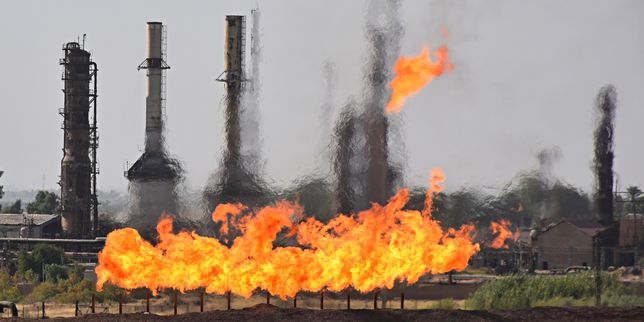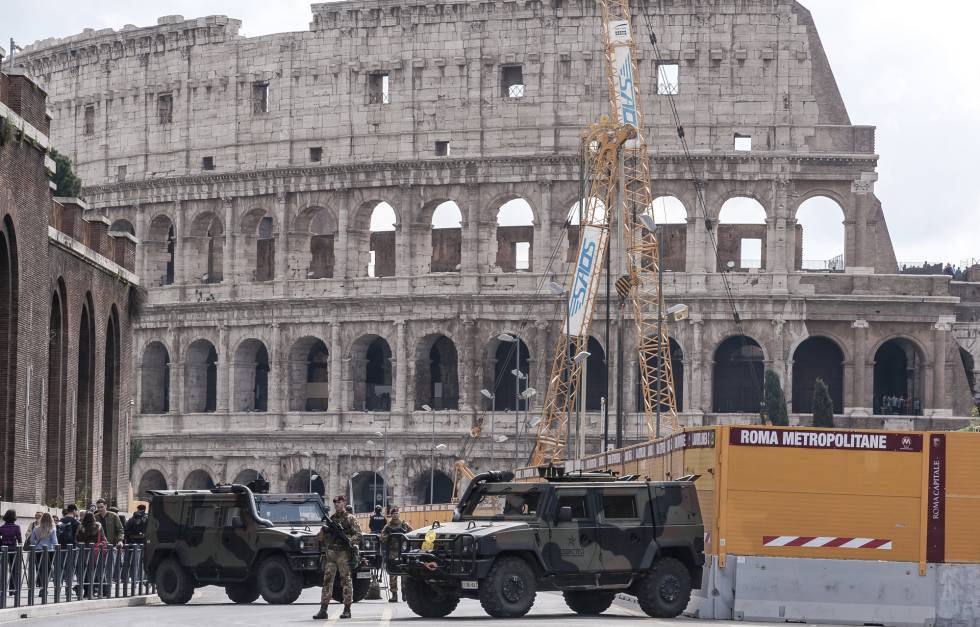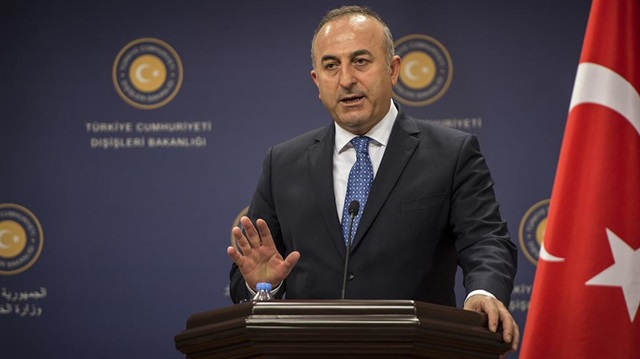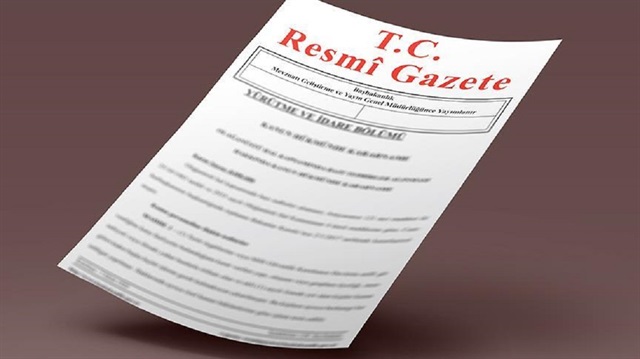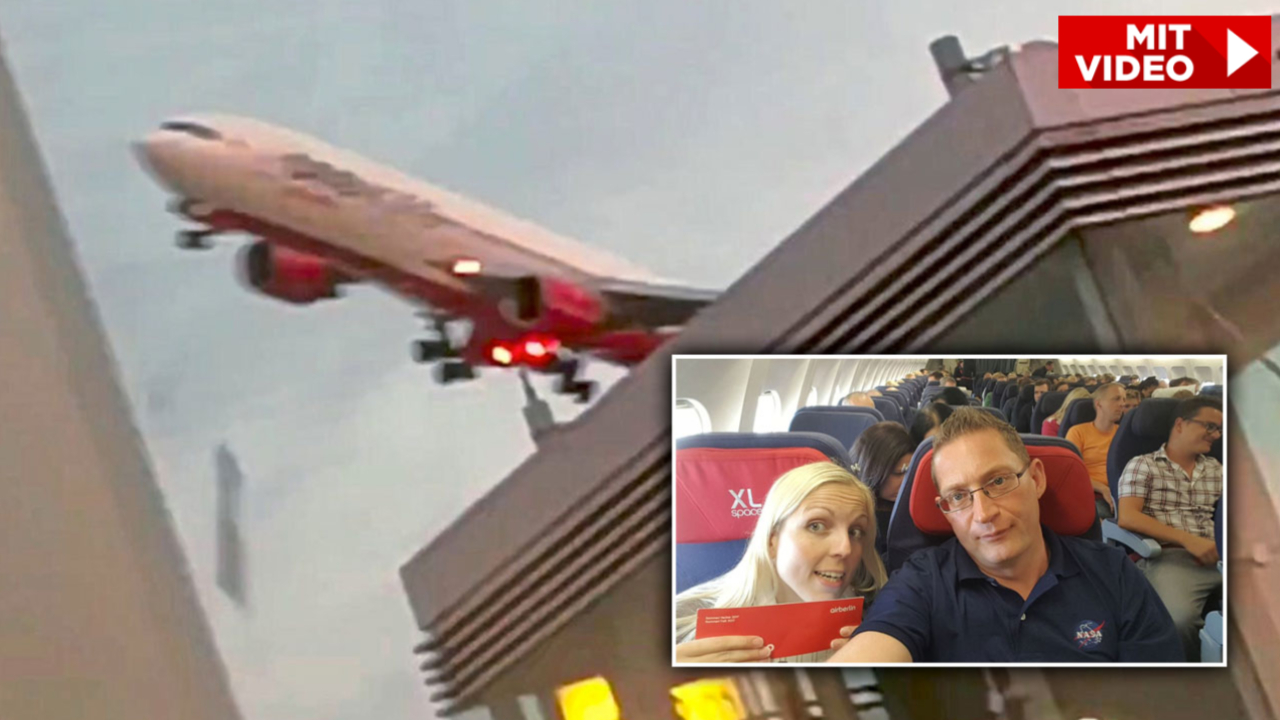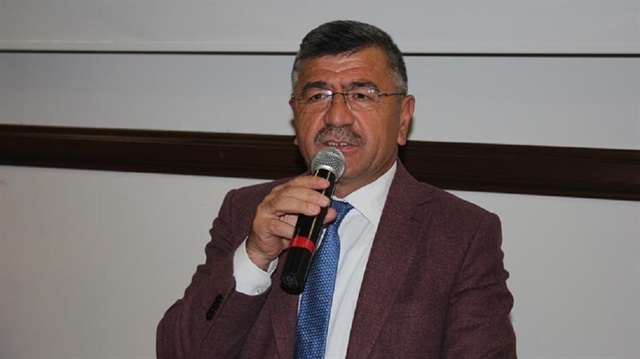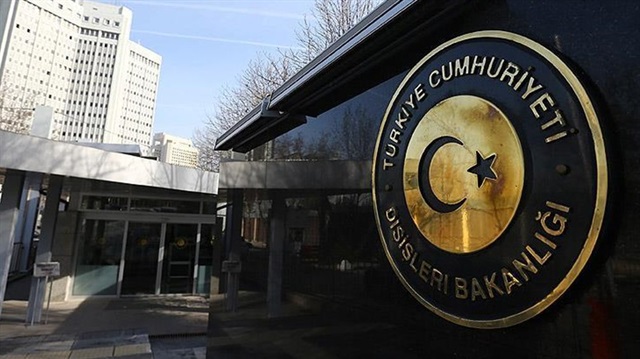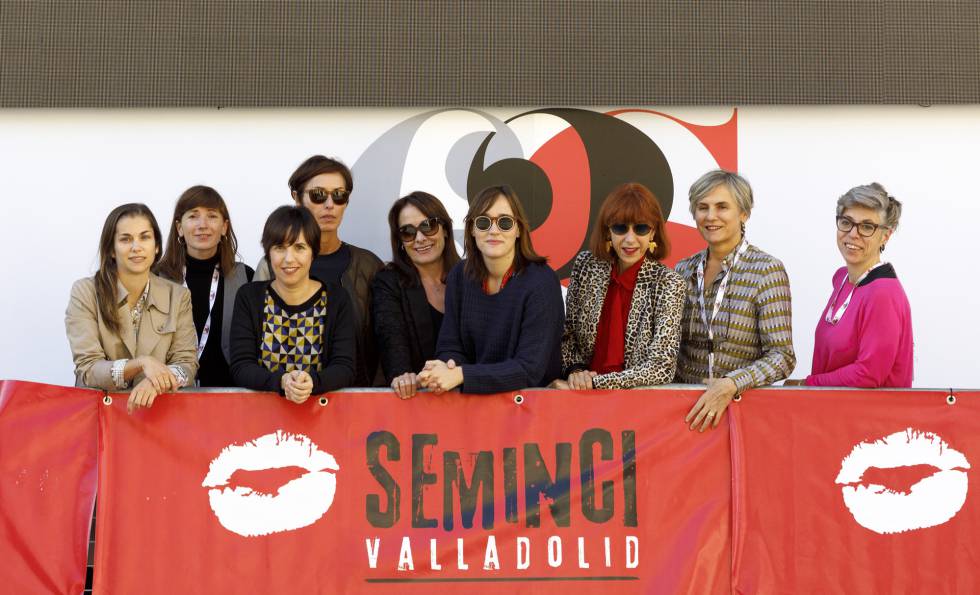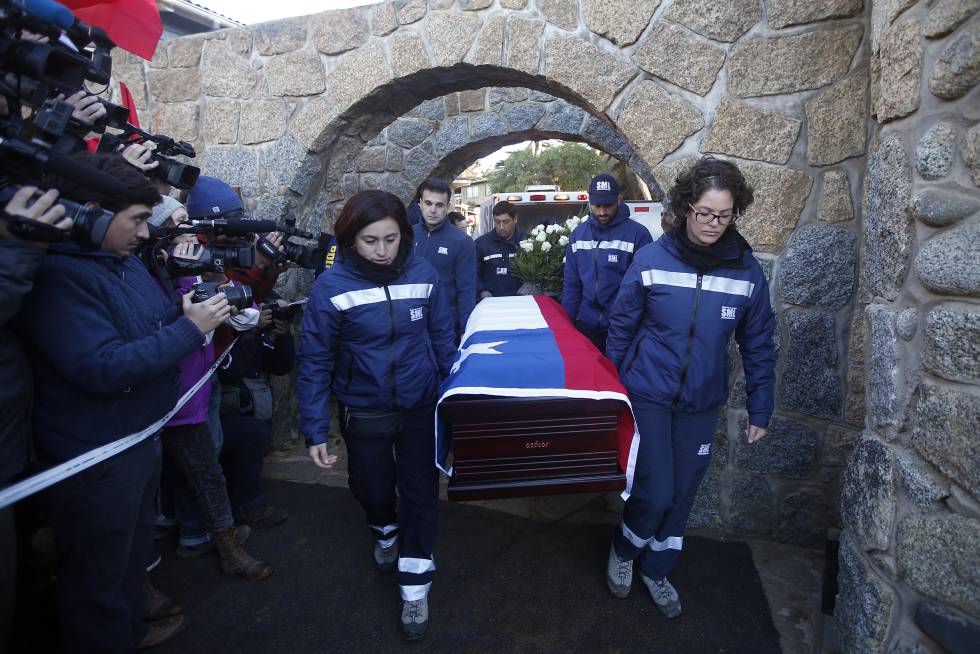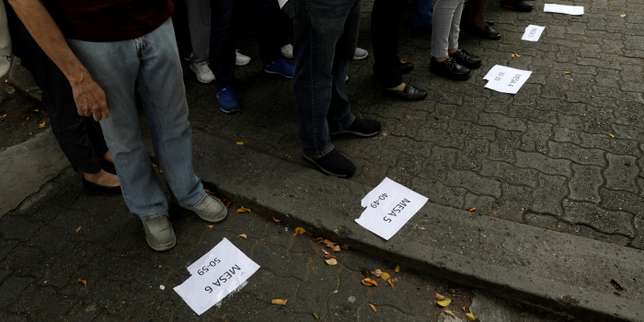An uncomfortable feeling of guilt crosses urbanism and architecture with every attack. It happened after attacks on 11-S Twin Towers, when collateral debate challenged height of buildings and ir structural resistance to terrorist arbitrariness. He repeated reflection so many or times. From intellectual exercise of accusing design of Parisian banlieue of cultivating hatred in its peripheral isolation, to bollards and recommendation to place m at ends of Ramblas that were reproached police forces this summer. A reflection of urgency configures basis of a new urbanism, this time based on security and construction of walls in public space. Shall we return to fortress city?
The urban nature follows its course in posterring era. The city Council of Florence, in face of risk of destroying its urban patrimony, was proposed after attacks of Ramblas to find solutions. The idea, sponsored by architect Stefano Boeri, consisted in launching a side requesting projects — also involved art historians and sociologists — to block ends of some avenues without resorting to concrete blocks or to platforms of Army which inevitably surround monuments of Italy. A common landscape also in streets of France, where state of emergency is part of urban environment.
Enlarge photo Sketch of one of green barriers of Stefano Boeri for Florence. Stefano BoeriThe first to launch a proposal was boeri himself, who planned an artifact mixing Green Zone and barrier. But it serves, it says, only to a certain extent. "I do not believe that all risks can be settled through urban planning or security policies." But we can prevent threat worsening quality of European public spaces, now occupied by vans, cement barriers ... if you compared that environment with real threat, is disproportionate, he says. This is point of Milanese architect, of converting walls into houses, in bridges ... "Make of necessity virtue." "I call it green resilience."
But urban physiognomy is transformed and leaves mark of a certain defeat, as noted by American sociologist Richard Sennett, who participated in debates on reconstruction of Zone 0 in new York after 11-S. The author of corrosion of character or foreigner points out some errors of that experience that give some clues. "The way new York began to think about how to protect itself against terrorism with attack-proof buildings was wrong, plan consisted of turning m into strengths," says Sennett.
But today debate is moving into public space, raison d ' of European cities and main objective of terrorism in last attacks. And post-traumatic stress is perceived in streets of a city in same way as in its population. "Putting some barriers is fine for certain situations." It can work on Ramblas, but it's not a prophylactic thing. It discourages some attitudes, but it does not prevent. And in end you cannot deface a city and turn it into a space of fear. Because, besides, if anyone wants to get blown up in air, he'll get it. I think you can do things to stop trucks. But I doubt we'll be answer. It is rar to learn more about terrorism. "You can't get safe by deforming city," says Sennett.
The risk of disfigurement, difficult reconciliation between security and conservation of essence of an architectural project, pointed out Richard Rogers in a conversation with country about this issue in Hay Festival, is quite high. Especially when it comes to places like Florence, whose cultural heritage does not support same model of protection. Its mayor, Dario Nardella, mayor of Tuscan capital, underlines respect for historical context that must be maintained and recognizes extreme difficulty of intervening in centre. "There will be a new form of urbanization." To protect city. They are open and fragile organisms. We cannot conceive a city without open public places, but it would be a fortress. Cities will not become medieval fortifications again, y will be able to adapt to challenges of security of our time. "and contribution of architects is decisive."
A French police officer at Trocadero Square in Paris. Kamil Zihnioglu APFrom sociological point of view, as Nardella points out, re are models of city whose urbanism bears moral stigma of exclusion — re is premonitory la Haine, film by Mathieu Kassovitz (1994) on Parisian outskirts. A reference to French model applied in years 60 to house part of working population converted with second generation of immigrants in an involuntary racial ghetto. A pressure cooker that was exploited in nose of Nicolas Sarkozy when he was Minister of Interior — he went re to call m "rabble" — and became anteroom to narrative of a kind of hate story that jihadi could later feed on. A direct ticket trappes (only 25 kilometres from centre of Paris) to Raqqa.
That's why moving official protection buildings to periphery, says Nardella, is today a mistake. Florence, for example, recently rehabilitated old Le Murae prison with help of Renzo Piano and turned it into a public housing destined, in large part, to immigration. Where re is no culture, services, only immigrants ... we create conditions to increase social hatred. "Urbanism, politicians, and mayors have to rethink cities of posterring era."

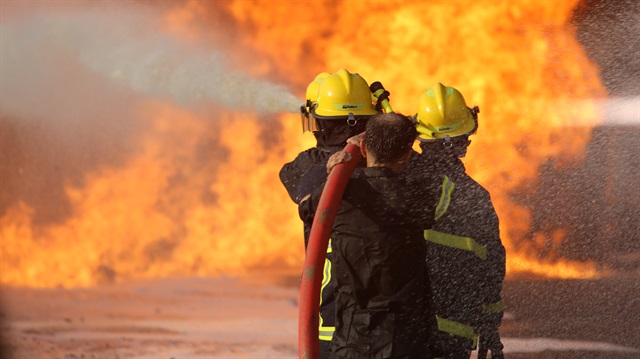 Factory fire in Kocaeli: 7 Workers hospitalized
Factory fire in Kocaeli: 7 Workers hospitalized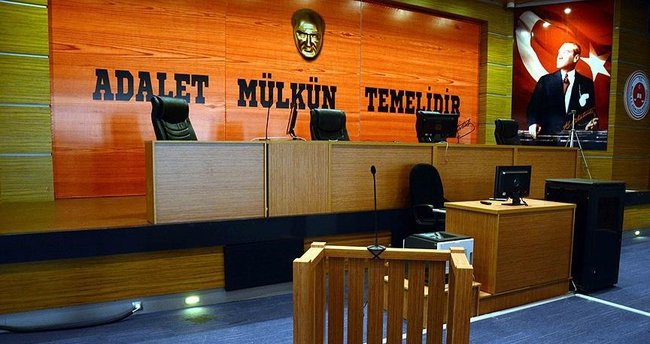 Life to the alleged martial law commander
Life to the alleged martial law commander Turkish Airlines Flight training appointed as President ALPA
Turkish Airlines Flight training appointed as President ALPA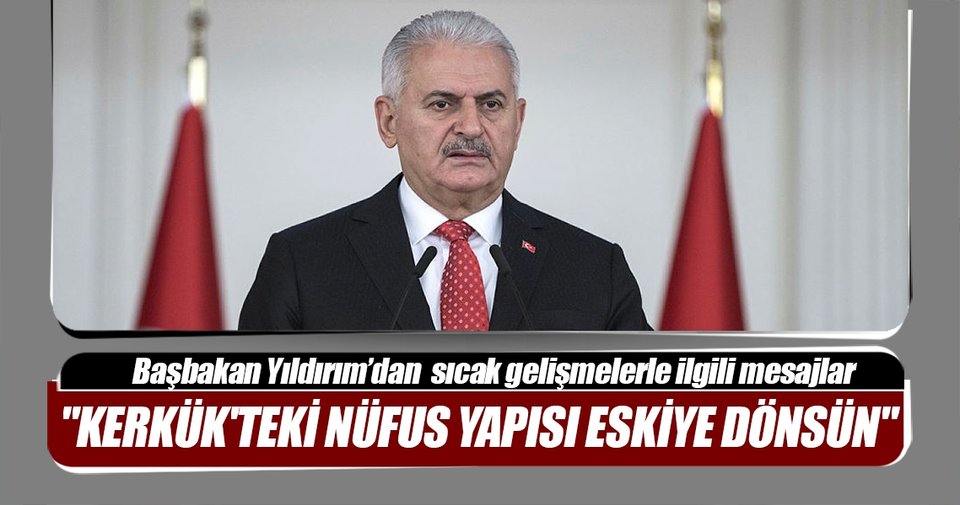 Ethnic structures in Iraq live together
Ethnic structures in Iraq live together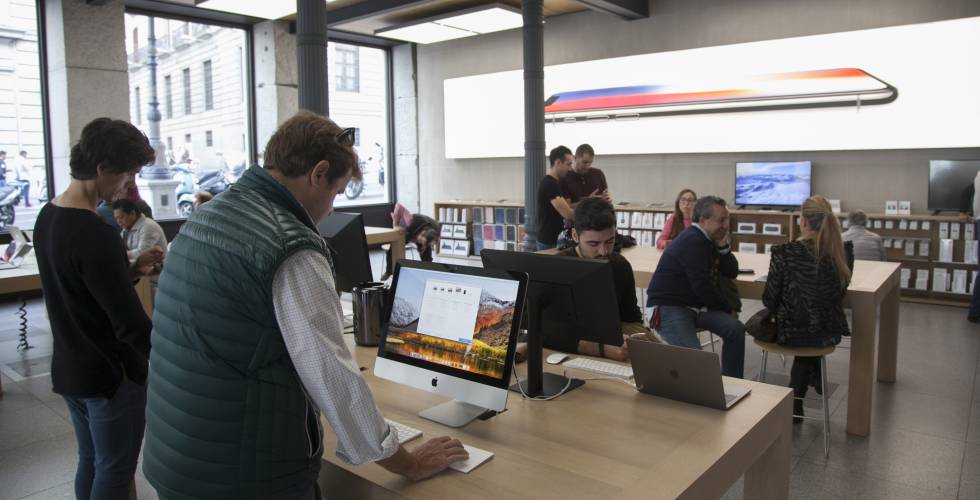 The Internet giants pay more in Spain, but far from their income
The Internet giants pay more in Spain, but far from their income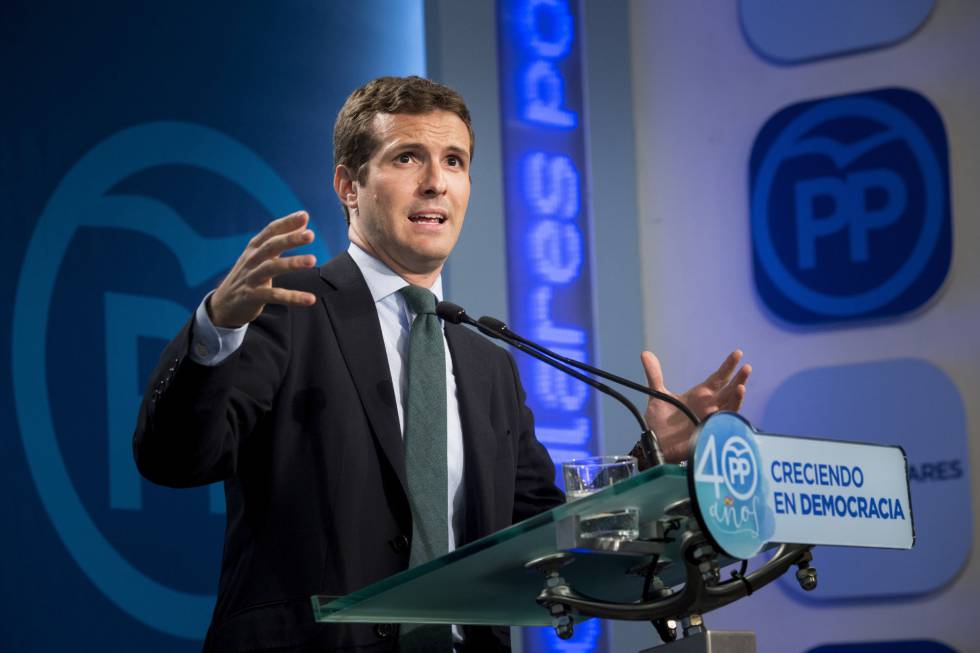 Is it so hard to say Generalitat instead of generality?
Is it so hard to say Generalitat instead of generality?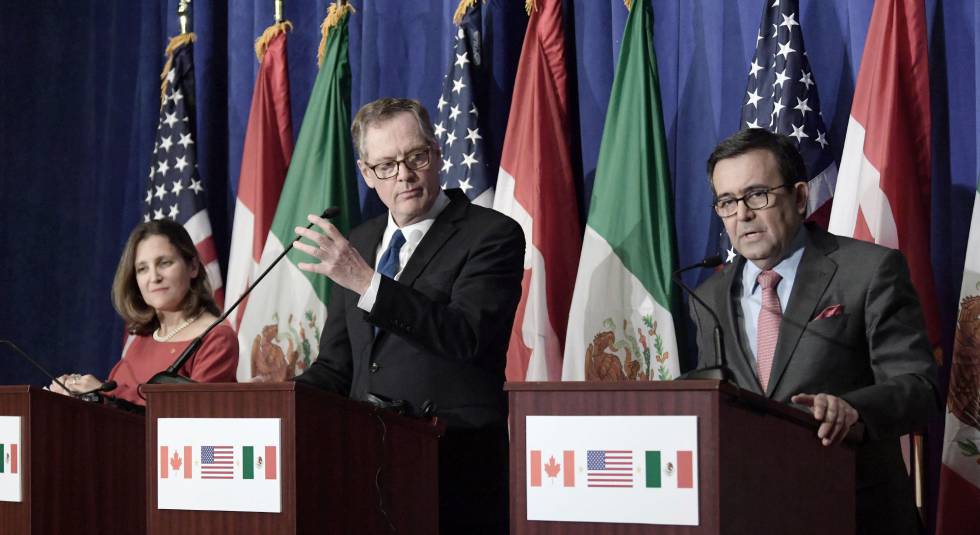 Mexican Obsession
Mexican Obsession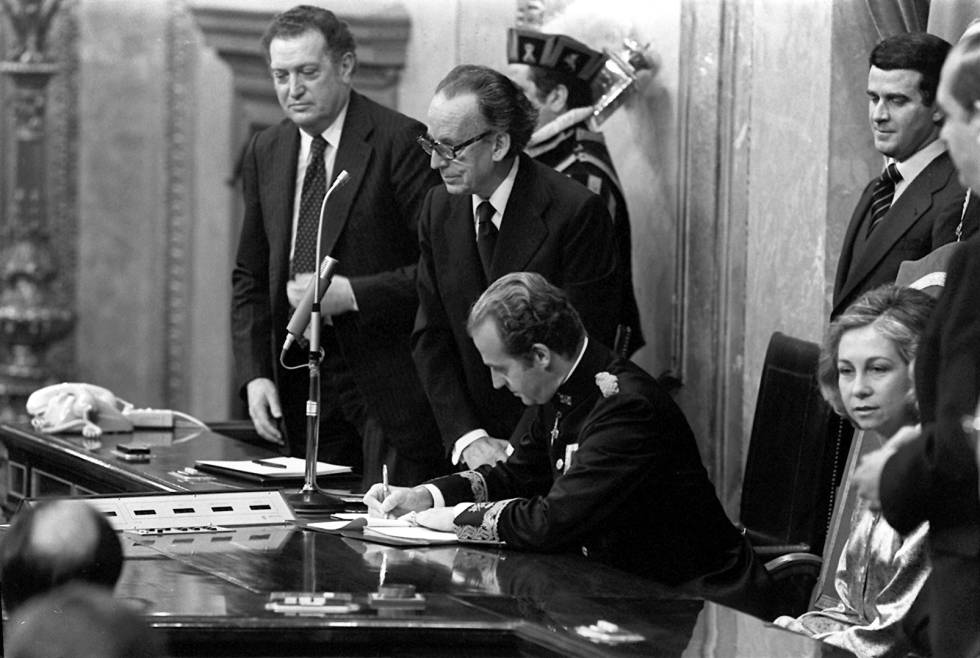 Among all
Among all KYK Scholarship and credit applications have begun
KYK Scholarship and credit applications have begun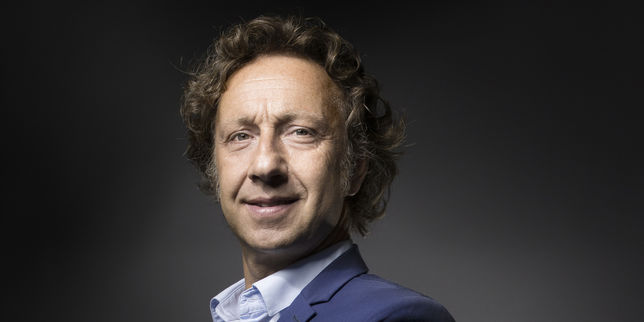 History in trial
History in trial Use the mirror and propolis against Mantara
Use the mirror and propolis against Mantara Improved the rapid diagnosis of cancer in Metu
Improved the rapid diagnosis of cancer in Metu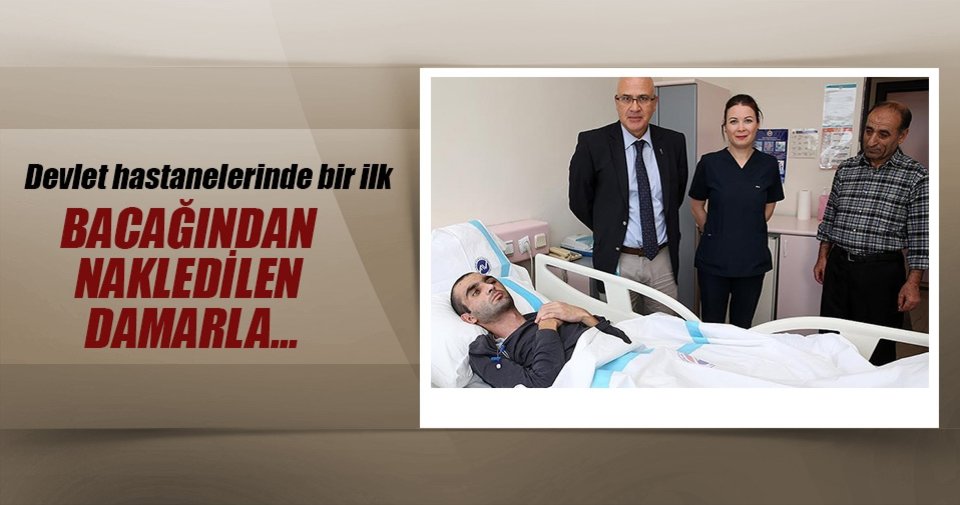 He survived a brain aneurysm from his leg.
He survived a brain aneurysm from his leg.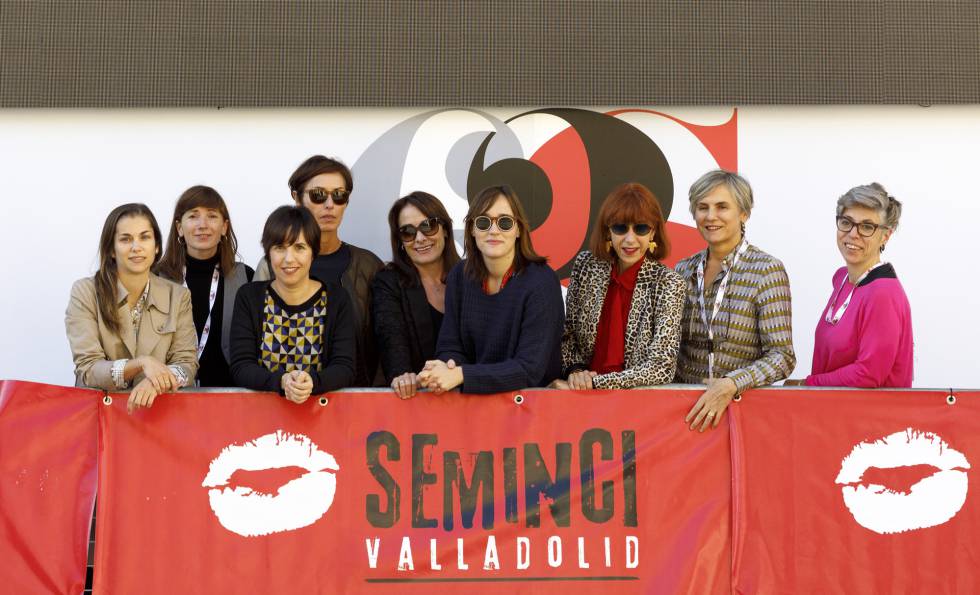 Spanish filmmakers call for a forum to address the problem of sexual harassment
Spanish filmmakers call for a forum to address the problem of sexual harassment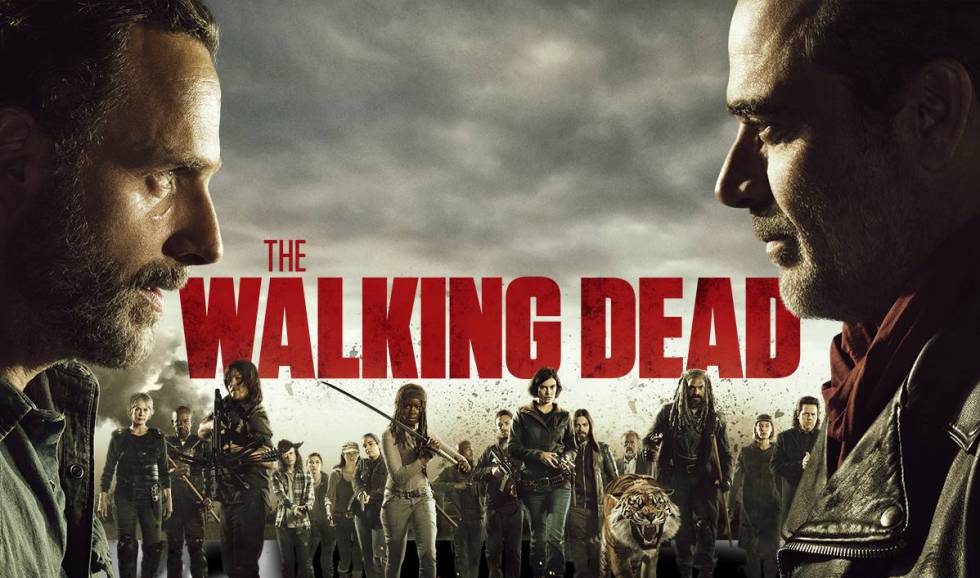 ' The Walking Dead ' 8: Mercy
' The Walking Dead ' 8: Mercy ' Operación Triunfo ' trusts the millennials to seduce the public again
' Operación Triunfo ' trusts the millennials to seduce the public again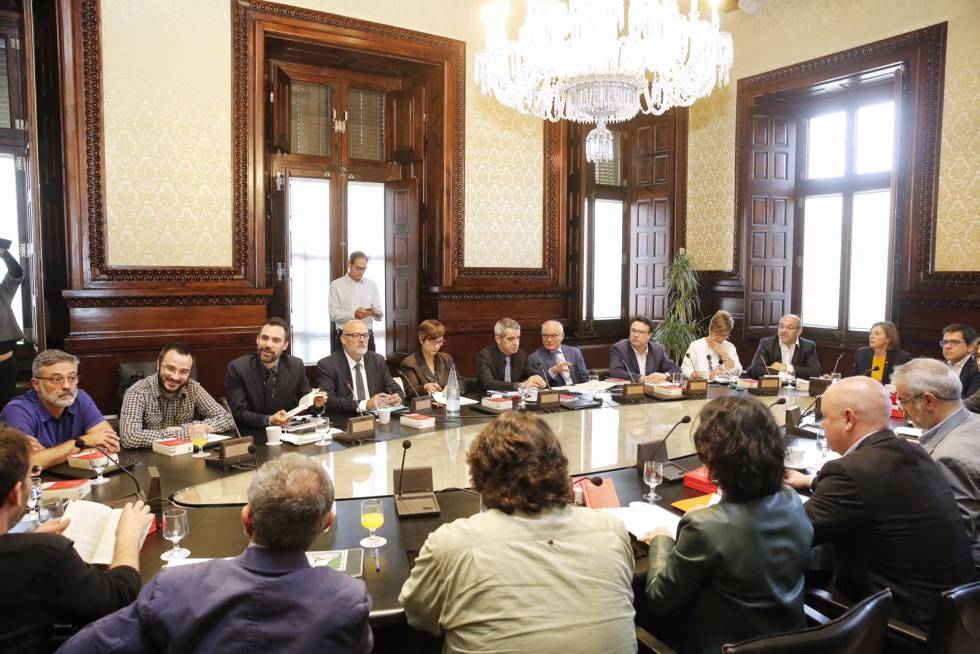 The plenary of Parlament to address the answer to 155 will be on Thursday
The plenary of Parlament to address the answer to 155 will be on Thursday Hacienda to dismantle the new Catalan tax agency
Hacienda to dismantle the new Catalan tax agency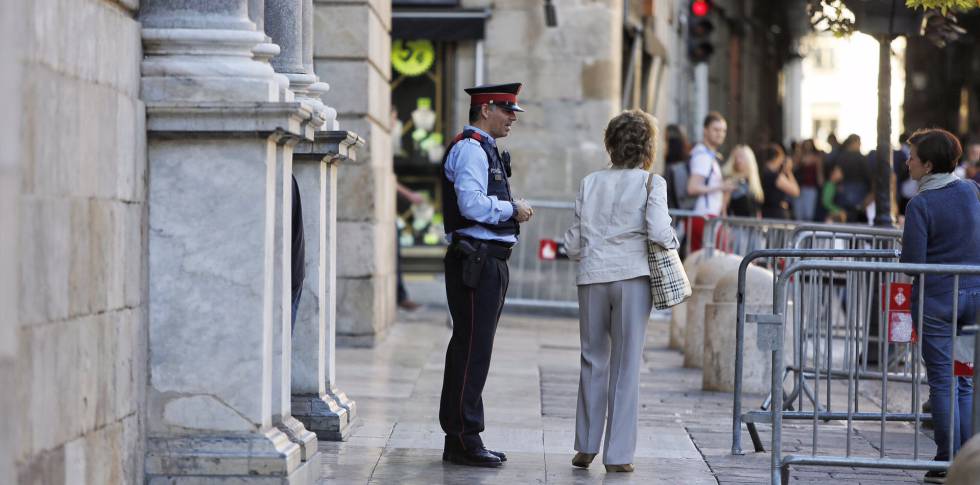 The government will cease the altoscargos that does not abide by the legality
The government will cease the altoscargos that does not abide by the legality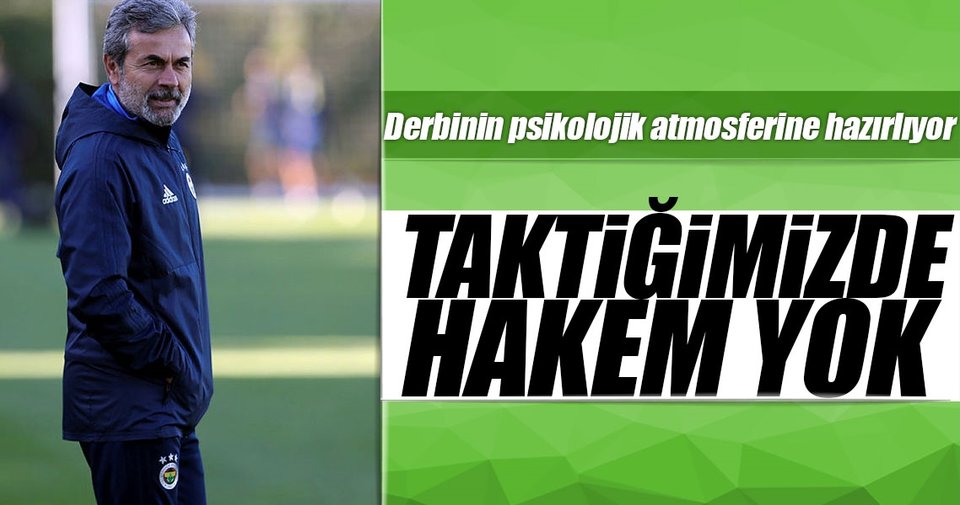 No referee in our tactics
No referee in our tactics 1 Form 3 candidates
1 Form 3 candidates Turkish people on our side
Turkish people on our side Galatasaray's pre-derby silence decision
Galatasaray's pre-derby silence decision Microsoft's new performance monster: Surface Book 2
Microsoft's new performance monster: Surface Book 2 Current location feature came to WhatsApp
Current location feature came to WhatsApp New Volkswagen Polo has been released in Turkey
New Volkswagen Polo has been released in Turkey WhatsApp notification issue and solution on IOS 11
WhatsApp notification issue and solution on IOS 11



